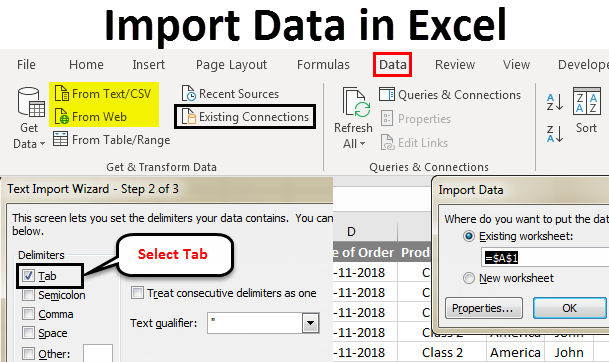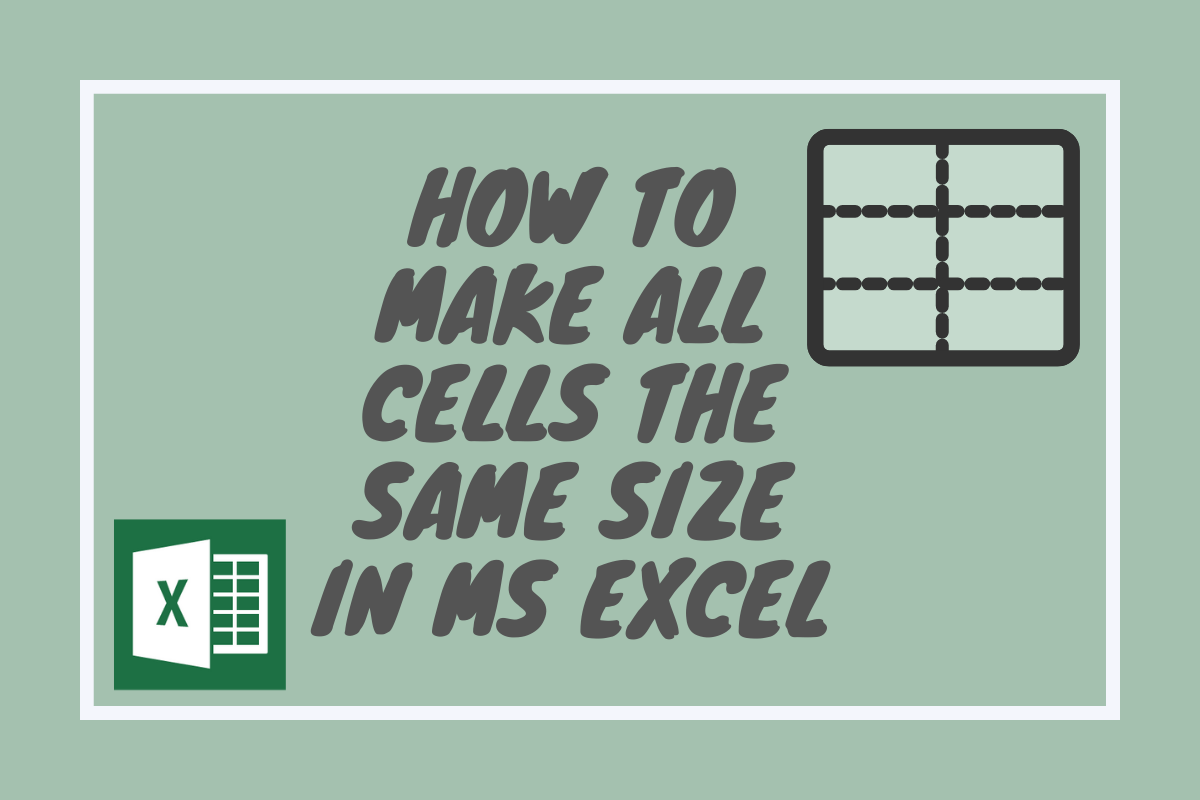5 Ways to Import Excel Data into ATG Database

Importing data from an Excel file into an ATG (Art Technology Group) database can significantly streamline your data management processes, enhance your application’s backend, and improve your e-commerce functionalities. Whether you're updating product information, customer data, or any other dataset, knowing how to efficiently move your Excel data into ATG can save time and reduce errors. Here, we'll explore five effective methods to accomplish this task:
Method 1: Using ATG Import/Export Features

ATG itself offers tools for data importation. Here’s how you can use them:
- Identify Your Data: Ensure that your Excel data matches the schema of your ATG database.
- Configure ATG Export/Import: Go to the ATG BCC (Business Control Center) and find the Export/Import options.
- Convert Excel to XML: ATG typically uses XML for data import. Convert your Excel file into an XML format compatible with ATG.
- Import Data: Use the ATG import tool to upload your XML file. Ensure mappings are correct.
🎗️ Note: Always validate the data before and after the import to ensure accuracy.
Method 2: JDBC Connection with JDBC-Excel Bridge

This method involves creating a JDBC connection from your Excel file to your ATG database:
- Install JDBC-Excel Driver: Use a JDBC driver that supports Excel, like Apache POI.
- Establish Connection: Write a simple Java program or script to establish the connection.
- Data Extraction: Extract data from your Excel file using the JDBC driver.
- Insert Data: Use JDBC commands to insert this data into your ATG database.
📝 Note: Ensure your JDBC driver version supports your Excel file format.
Method 3: ETL Tools

ETL (Extract, Transform, Load) tools can automate data importation:
- Select an ETL Tool: Tools like Talend or Pentaho can be utilized.
- Set Up ETL Jobs: Configure jobs to read Excel files, transform data if necessary, and load into ATG.
- Schedule Automations: Automate the process to ensure regular updates from Excel to ATG.
💡 Note: ETL tools might require initial setup but will offer long-term benefits in terms of automation.
Method 4: Batch Scripts

Use command-line tools to automate data importation:
- Script Creation: Write batch or shell scripts to automate file transfer, data conversion, and loading.
- Use SQL Loader: Employ Oracle's SQL*Loader for bulk data loading into ATG.
- Error Handling: Incorporate error checking and logging within your scripts.
🔍 Note: Ensure your scripts are well-documented for ease of maintenance and updates.
Method 5: Custom API or Service Layer

Develop a custom API or use existing ATG services:
- API Development: If necessary, develop a custom API that reads Excel files and writes to ATG.
- Use ATG REST Services: If ATG has REST services, leverage them to push Excel data.
- Data Integrity: Implement checks and validations within the API layer to maintain data quality.
🏗️ Note: This method offers flexibility and control over data import processes.
In summary, integrating Excel data into an ATG database can be done in several ways, each catering to different levels of complexity, technical proficiency, and automation needs. By understanding your data's structure, choosing the right tools or methods, and ensuring proper data integrity, you can make the import process seamless, ensuring your ATG database is up-to-date with your Excel data. Each method has its own set of advantages, from the simplicity of built-in tools to the power of custom automation through APIs or scripts. Now, you have a range of techniques to choose from, based on your specific requirements and resources.
Can I automate the process of importing Excel data into ATG?

+
Yes, methods like ETL tools, batch scripts, or custom APIs can automate the import process, allowing for scheduled updates without manual intervention.
What are the common pitfalls when importing Excel data into ATG?

+
Common issues include mismatched data types, incorrect mappings, overlooked validations, and potential data corruption during file conversions. Always validate and cross-check data before import.
Is it possible to use ATG’s out-of-the-box functionality for Excel import?

+
Yes, ATG provides Export/Import features in the BCC that can be used for Excel data if properly formatted into XML.
How do I ensure data integrity during import?

+
Implement robust validation checks in your import process. Use ATG’s data validation rules where possible, and ensure your script or ETL job checks for data consistency and integrity before and after import.



